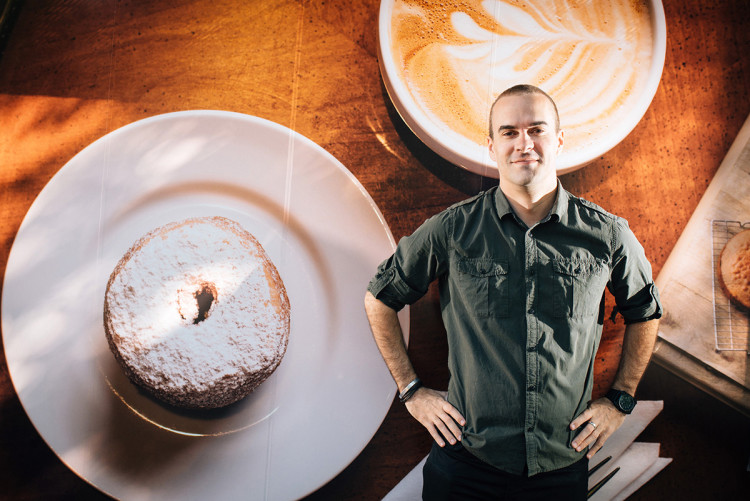
What Makes Twilight So Vital to Great Architectural Photography
As photographers, we have a special relationship with the sun. Its availability and character defines our schedules, our styles, even our equipment. If you think about it, our relationship with the sun is almost poetic. We’re driven by its rise and fall, celebrating these golden hours with the applause of the shutter.
The golden hour and twilight are important to most of us, but they’re absolutely vital for architectural photographers. Beyond the dramatic skies and soft, directional light, there’s one important factor that is almost exclusively important to architecture:
At dawn and dusk, the interior light of a building is as bright as the ambient light of the sky.
It sounds simple, but it’s worth reading that statement twice. Why is this balance of light so valuable? Throughout the rest of the day, the light of the sun is dramatically brighter than the power of any interior light, and it takes a lot of labor, gear and technique to create an artificial balance.
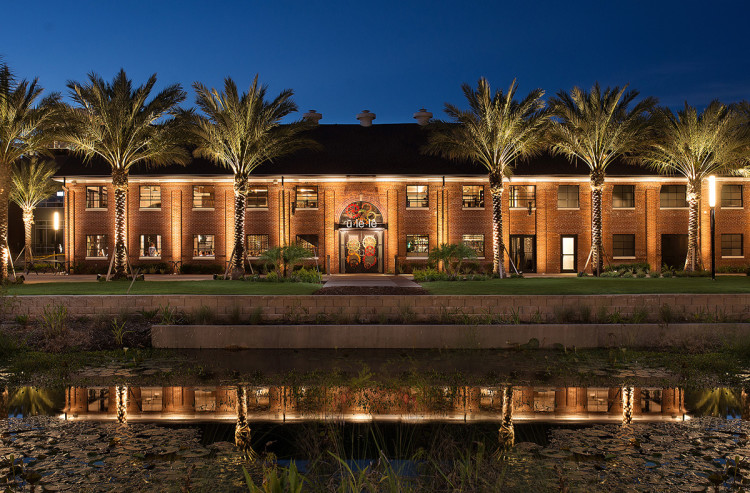
How an Architectural Photographer Creates an Artificial Balance
Between dawn and dusk, the core of an architectural photographer’s job is to create that artificial balance of light with equipment and technique. When photographing an interior space, it’s our job to create a realistic, inviting image of a room. The challenge is that the natural dynamic range of the human eye far exceeds the capability of modern DSLR sensors. To counter this, we use software to blend bracketed exposures or we use complicated off-camera lighting techniques to create balance.
There are pros and cons to either of these common techniques. HDR photography cannot distinguish between color casts from different light sources, and interior spaces often appear dusty and overcooked when processed. Off camera lighting is difficult to learn, labor-intensive to execute and easy to get wrong. No matter what technique a photographer uses, the ability to create a realistic, balanced image is the central challenge of the job.
At twilight, the challenge is easiest to conquer. As I said earlier: at dawn and dusk, the interior light of a building is often as bright as the ambient light of the sky. A photographer can capture a usable image of a space without as much reliance on complicated technique.
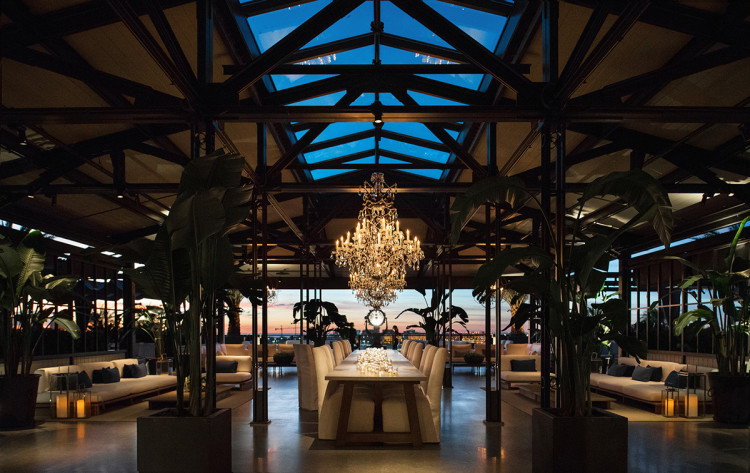
Twilight in Practice: How to Let The Light Work for You
Both the golden hour and twilight are valuable for both indoor and outdoor architectural photography. In most cases, architectural photographers use twilight to capture exterior images of a building. It can be just as valuable indoors, as dramatic views can be pulled into an interior space without as much emphasis on technique.
Outdoors, the relative brightness of interior lighting allows the camera to capture detail that it couldn’t see during the day. During full daylight, windows appear nearly black relative to the bright exterior light. The scene is completely different when the ambient light of the sky is on par with interior light. This adds a different dimension to the image, leading the eye from the scenery around a building to the space within.
While there is plenty of opportunity to improve an image with lighting technique at twilight, a photographer really only needs one tool to capture a great exterior image at dusk — a strong, sturdy tripod.
Indoors, twilight can be just as valuable to an architectural photographer. The light of the setting sun is more likely to be in balance with interior lighting. Rooms with large windows and doorwalls can benefit from golden hour light. A sunset creates a more vivid and enjoyable scene, but it also allows for a natural balance that is tough to find during the day.
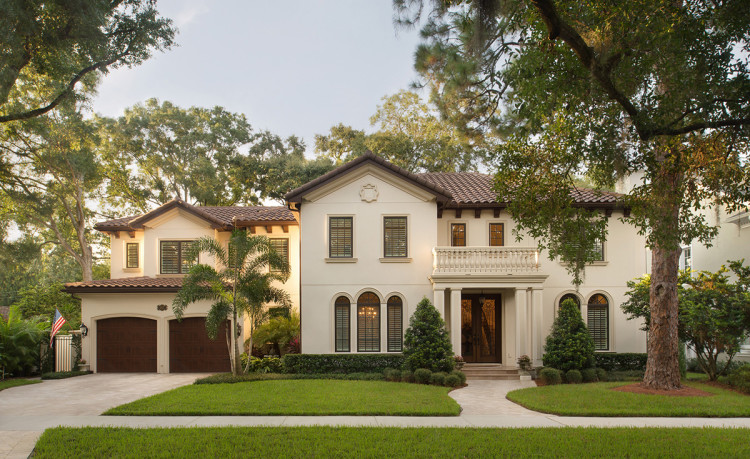
Advice for a Beginner: Focus on Timing, Not Technique, for Your First Architectural Shoot
I’m often asked for advice from photographers who have a space to shoot but don’t quite know how. They ask if they should try HDR or use a speedlight, and I usually direct them away from both. Why? HDR is very easy to do poorly, and off-camera lighting is like learning a new language. So I suggest that my friends avoid trying new techniques the first time, and instead focus on shooting at the right time of day.
If you find yourself tasked with photographing a building or a home, consider scheduling for the golden hour and twilight. Pick your shots well, because time flies and the exposures can be long. Shoot brackets to have a few base images to choose from, and always shoot raw. You’ll have a lot of leeway with the shadows and highlights sliders in Lightroom, so if your shot is naturally in balance thanks to evening light, you might be pleased with how great your shoot looks after a little bit of massaging.
The value of twilight is an important lesson not only for beginners, but for professionals alike. No matter how well you master the techniques of architectural photography, timing will always be of the essence.
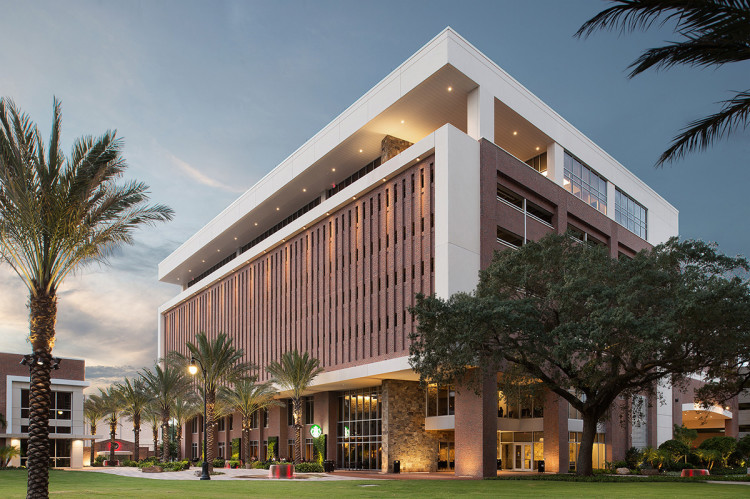
Seamus Payne is a Tampa, Florida based architecture photographer. You can see more of his architecture, food and editorial photography projects at SeamusPayne.com, and feel free to follow him on Instagram and Facebook. Beyond his work as a photographer, Seamus produces short documentary films and writes about design on TheCoolist.com.



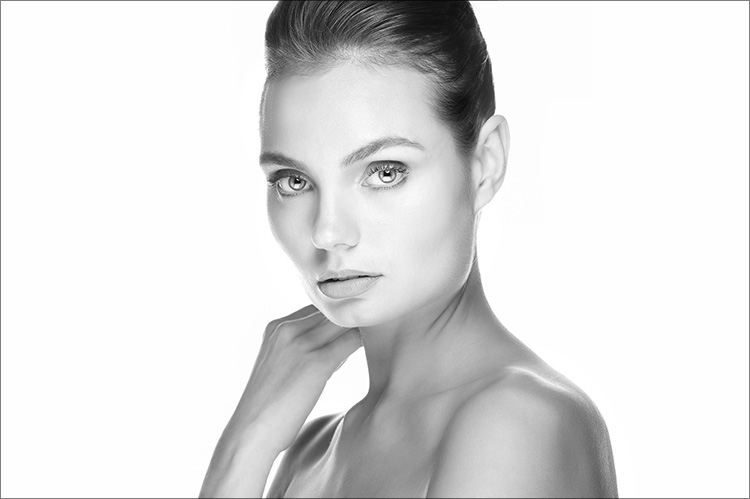
Excellent tips and insight on indoor and outdoor shooting. I love the images in your portfolio. Great guest post Seamus!
Kind of you to say, Patrick!! Thanks for reading and chiming in.
“We’re driven by its rise and fall, celebrating these golden hours with the applause of the shutter.”
I like this phrase Seamus. I love shooting during twilight and into the blue hour, so I really enjoyed seeing your excellent imagery.
Thanks for the comment, Bill! I stored that phrase away in my mental bank after writing it, I thought it communicated our collective passion pretty well. Here’s to many fruitful blue hours in 2016!
Kelbyone should get you to do a video course on this.
You know what, I’d love that, Lee! At the very least, I think it would be a blast to join Scott and crew on an episode of The Grid doing blind portfolio critiques for architecture and real estate images. Short of that, though, I enjoyed posting here!
I love using natural lighting. Your work is lovely. Thank you for your insight.
Thanks Julie! I’m with you 100% on natural light. You know it’s a special shot when you don’t have to break out any lights!
I did a number of architectural shoots last year, and kept kicking myself for not having a perspective control lens at the ready. I have a feeling it will be a new investment in 2017 at some point, even if I’m not shooting buildings. https://uploads.disquscdn.com/images/b5ae5128c913b0347744b5d2c03f364f1735ac925672c8a69b91e90c2456c462.png